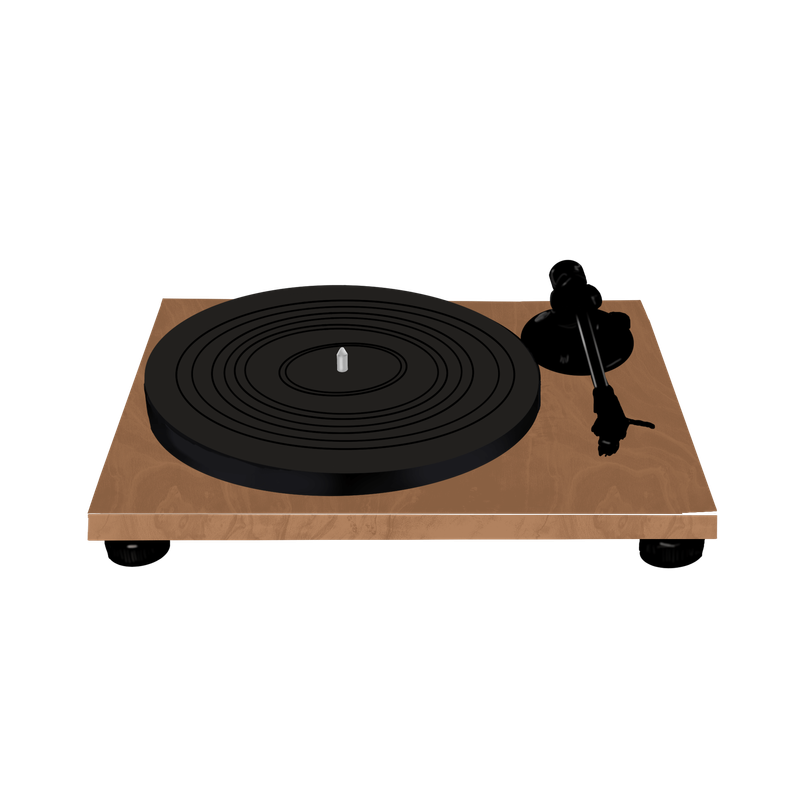Today, I will be presenting a portion of my research concerning, what I am calling, Lyrical or Poetic Botany. Poetic Botany identifies a late eighteenth-century movement wherein botany was transformed into poetry. Erasmus Darwin was the inaugurating figure of this movement and his The Botanic Garden, a Poem, published in 1791, was the inaugural text.
There are three points I will discuss. First, I will introduce you to Erasmus Darwin. Second, I will introduce you to his poem. I will show that although the poem covers much botanical ground, it covers just as much, if not more, decidedly nonbotanical ground. The title of the poem, The Botanic Garden, is thus, if not a problem, at least a question. Third, I will propose that by asking what a botanical garden is, we will find it to be the perfect organizing principle for the poem, especially considering Darwin’s own definition of poetry
Erasmus Darwin was born in England in 1731 and died in 1802. No doubt the last name is familiar, but the first name seems off. Shouldn’t it be “Charles”? This is no mistake. Erasmus married Mary Howard. One of their five children was Robert Waring Darwin. He married Susannah Wedgwood. One of their six children was Charles Darwin, that one we know and love.
But this talk is about Erasmus. Let me situate him a bit in history.
In the decade surrounding the publication of his Botanic Garden in 1791, Darwin would have been witness to the beginning of the French revolution (1789), to the advent of Antoine Lavoisier’s new chemistry (1789), to the publication of Wolfgang von Goethe’s Essay on the Metamorphosis of Plants (1790), the patenting of Eli Whitney’s cotton gin (1794), the success of Edward Jenner’s smallpox vaccine (1796), and the publication of Wordsworth and Coleridge’s Lyrical Ballads (1798). In each of these realms—politics, natural philosophy (science), botany, industry, medicine, and poetry—Darwin was active.
He always had a lot of pots on the stove. I say this to make the point that each of these “pots” found expression in his poem, The Botanic Garden, which anticipates my question about its title: why is a poem about politics, natural philosophy, industry, and medicine, not to mention discussions of aesthetics, mythology, and more, entitled The Botanic Garden?
Here is the title page for the poem. As a whole, it is entitled, The Botanic Garden; A Poem, in Two Parts. First, then, we notice that two parts comprise the poem. The first part is called, “The Economy of Vegetation.” The second, “The Loves of the Plants.” Despite these separate and distinct two parts, Darwin planned for the poem to be published as a whole, in the form of The Botanic Garden, from the beginning. Once published, it went like gangbusters, soon being translated into other languages and enjoying Irish and American editions.
We also, though, should notice what is not present on this page, i.e., Darwin’s name. He published the text anonymously. From his letters, we know that he was apprehensive of putting his name on the poem because the practices of some other physicians suffered after they published their verse. In the public’s mind, doctors doctor, poets poetize, and never the twain shall meet. This fate, however, didn’t befall Darwin, who officially revealed his authorship three years later with the publication of hisZoonomia.
The structure of the poem is baroque. In the interest of time, let’s look at a typical page from each part of the time, beginning with the Loves of the Plants. Because this part explicates the Linnaean taxonomy and identifies several medicinal and extraordinary plants, it does not challenge the question of the poem’s Botanic Garden title.
Like the background image, I’ve chosen Darwin’s passage on Drosera.
We find that the poetry floats atop a series of scientific footnotes. This is the layout for the entire poem. From the poetry itself—“Queen of the marsh, imperial Drosera treads rush-fringed banks, and moss-embroider’d beds”—we find a description of the habitat of Drosera, who lives in the marsh. She is personified, as all the plants are in the poem. Moreover, we find the Linnaean Class and Order given by indicating that there are five pistils (sister-nymphs) and five stamens (fair youths).
The footnote contains a signal of the plant’s peculiarities. First, Darwin speculates on the purpose of the plant’s mucilage secretion. He then cites the latest research from journals across Europe.
Let’s look at the “Economy of Vegetation.” It contains nymphs, gnomes, naiads, and slyphs that are representatives of the elements and responsible for the machinery of the entire poem. We find all of Darwin’s interests present. There is little that isn’t covered. There’s physics, chemistry, meteorology, astronomy, industrial engineering, archeology, art criticism, medicine, entomology, culinary theory, marketing, geology, etc. etc. etc.
This panoply of subject matter raises the question at the center of this presentation: if this poem is about all of this, and it is, why did Darwin title it, The Botanic Garden? That is, the poem includes all those elements that one would expect under such a title, but many more than one would not. Scholars on this poem, however, have not offered an answer for the reason of its title. It has even been suggested that there might not be one. They say that Darwin began with the properly botanic material, came up with the other nonbotanical material, but just left the original title in place once the poem diverged into other, distinct avenues.
Perhaps. But Darwin is careful with words. Maybe even maniacal. This is evinced in three ways. First, Darwin translated Linnaeus from Latin into English in two works that ended up totaling a thousand pages. In the preface to the first work, his primary concern is lexical. He writes about these concerns to top authorities on science and language of his day, that is, Joseph Banks and Samuel Johnson, respectively. Darwin also generated a truckload of new words. “Leaflet” is first recorded in his translation of Linnaeus. Moreover, in The Botanic Garden, oxygen and hydrogen, e.g., are used for the first time. Finally, Darwin also develops his own theory of language. I’ve only begun to investigate it.
Darwin’s attention to language thus prohibits the possibility that he chose his title unreflectively or without careful consideration. There is a reason to the title. And that reason, I claim, gives coherence to what would otherwise be a desultory amalgam of knowledge.
We are led to the answer by thinking about two questions: 1) what is a botanic garden, a real one, not a poem-one, and 2) what is poetry, at least, in Darwin’s mind. For an answer to the former, we look to Darwin’s dear frenemy, Anna Seward. For the latter, to Darwin’s own remarks in the second half of The Botanic Garden.
According to Seward, a crucial feature of a botanic garden is to bring together plants that would never be found together naturally. This is key, for it lets us understand how a botanic garden could be the organizing principle for the poem itself: the poem also brings together those things that would not be found together naturally, juxtaposing them so we can appreciate their beauty and understand them better. The Botanic Garden, as physical and poetic space, is the harmonious conjunction of diverse elements.
Yet, if this were all it was, then why couldn’t Darwin just have called the poem, The Encyclopedia, a Poem in two parts? The Encyclopedia had also rose to great popularity in the eighteenth century, for it, too, was a collection of diverse elements?
When one reads an encyclopedia, one neither expects nor experiences cohesion. Each entry can stand on its own. Each is alike only in sharing the same volume. Walking in a Botanic Garden, however, does not evoke the same disconnected experience; rather, you sense the coherence of the garden’s design. You do not sense that plants are out of place, but that you’re in a place that is alive with plants.
Poetry, or at least, good poetry, Darwin thinks, should produce the “ideal presence of the object.” This means that poetry should bring together objects of thought that would not normally be associated or found together in nature, and, importantly, poetry brings them together without provoking disbelief in the reader.
Like a botanic garden, then, Darwin’s poem cultivates the most diverse kinds of knowledge coherently in the imagination of the reader without provoking disbelief. Only as a botanic garden could the poem make sense.
Therefore, we can conclude: Darwin’s The Botanic Garden is a poem not possible by any other name.
Details
“Erasmus Darwin’s The Botanic Garden: A Poem by Any Other Name?” Humanities Institute Fellow Presentations. (New York Botanical Garden. Bronx, NY: Sep. 2015).





